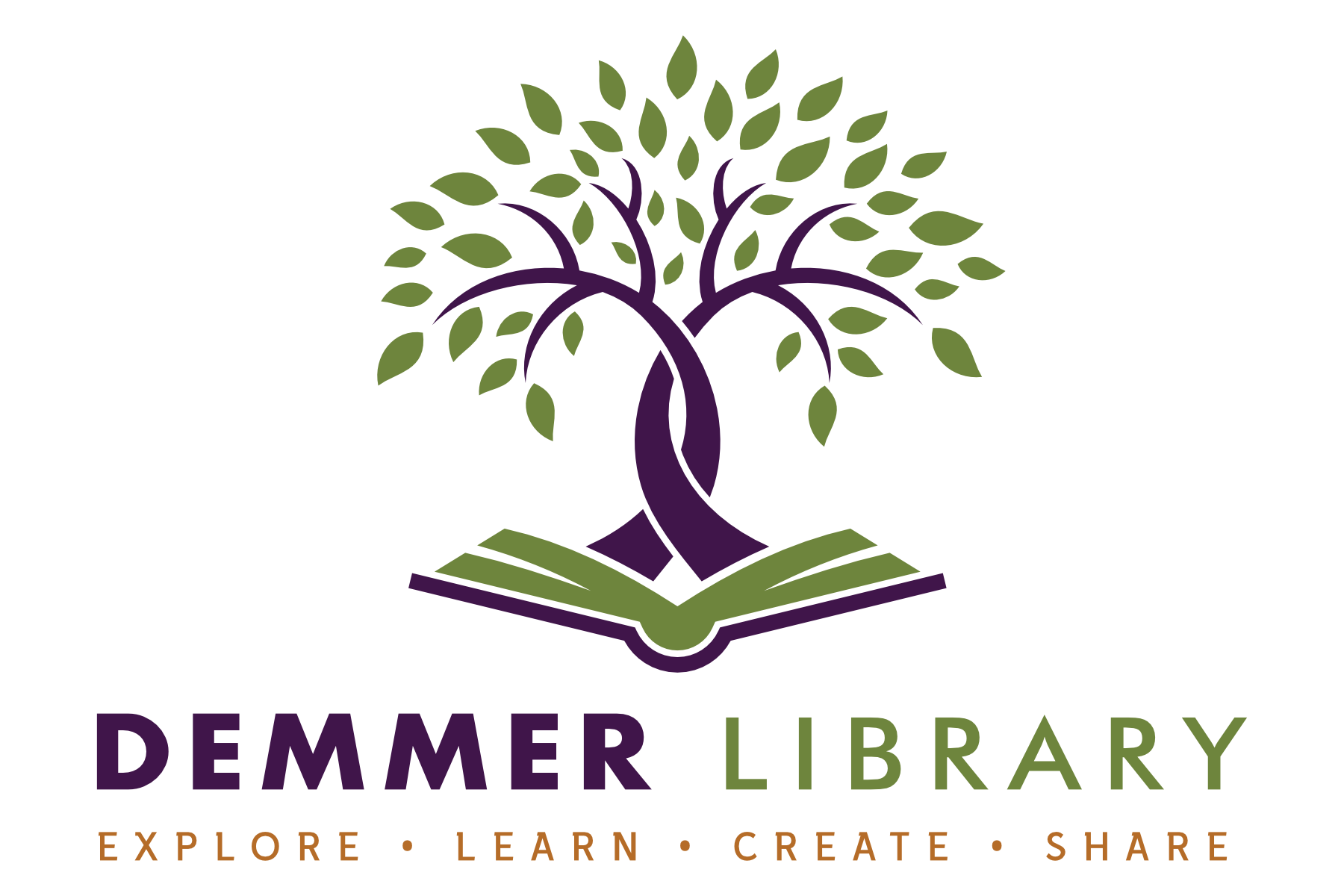‘Tis the season for children to start making their lists of what they want for Christmas. I don’t know about you, but many parents find it difficult to buy toys and books that their child will love. We all have purchased gifts that we thought were great, and they weren’t.
Most child development experts agree that “open-ended” toys tend to have the best developmental value for kids. Open-ended simply means that the child has to use their imagination or skill to work with the toy. These types of toys can be used in multiple ways and there are usually no “rules” for how to use them. It’s not a simple “push the button, it makes a sound” kind of toy. Open-ended toys include things like blocks, building toys, pretend play items, Montessori-inspired toys, fabrics, and of course, cardboard boxes, loose parts and spoons, cups, and bowls.
Here are a few things to keep in mind when choosing the best age appropriate toys:
Birth to age 1
Limit electronic toys – Electronic toys tend to be overstimulating for babies, and they don’t have the brain development to understand all the beeping and flashing. Research has shown that traditional toys foster more interaction with caregivers and promote language development better than electronic toys. Open-ended toys for babies are best for brain development. Some examples would include: Shape sorters, a bead maze or board books.
Toddlers and preschoolers
Foster pretend play – All that dress-up play, playing grocery store and school is wonderful for young kids’ developing brains. Pretend play is one of the best ways to help kids develop social-emotional skills since they have to stay “in character” and model the emotions of another person.
Kids at this age love to copy the actions of adults in their lives. This is wonderful for skill-building and social-emotional skills as well. Foster this type of play by choosing kid-size versions of adult tools — toy vacuum, mops, rakes, cleaning tools, play kitchens and even kid-size tools are all great for this type of play.
Focus on basic skills – Toddlers are still learning some basic eye-hand coordination skills like pouring, filling and stacking. Help this aspect of development by choosing toys that encourage these skills. Open-ended toys for toddlers like blocks, pitchers, and sand-water tables are all great examples of toys that foster basic skills.
School age
As children start school and progress through elementary grades, their toy interests change. They have mastered many of the basic skills of stacking, pouring, and pretend play may be waning. Kids of this age are ready for more challenge and creativity in their toys. Now that they are well-versed in playing cooperatively (or perhaps competitively too) with friends, games and sports also become more interesting.
Building toys – Open-ended toys are still great at these older ages as well. Legos, of course, are the ultimate building toy for elementary-age kids, but there are other great choices too. With more advanced fine motor skills, kids ages 7+ can really do some elaborate building.
Board games – Once kids reach elementary school board games become a lot more fun for them. Now that they are beyond the Candyland years, parents and kids can really enjoy family game night with more complex games. Monopoly is a great game to play as a family.
Subscription boxes – In recent years, the subscription box market has exploded. It’s easy to see why these boxes appeal to kids and parents. Kids get the chance to explore new skills or materials each month, and parents get an easy gift idea that has endless possibilities.
Books are always a great choice. Check out these links for some great book recommendations. It’s never too early to give books as gifts.
https://www.readbrightly.com/book-gifts-for-babies-and-toddlers/
https://www.readbrightly.com/book-gifts-for-little-kids/
https://www.readbrightly.com/book-gifts-for-big-kids/
Some helpful articles that you may want to explore can be found at these links.
https://www.naeyc.org/resources/topics/play/toys
https://www.naeyc.org/resources/blog/top-10-no-cost-toys-infants-toddlers-and-preschoolers
https://www.naeyc.org/resources/blog/play-free-stuff-no-batteries-required
https://www.naeyc.org/our-work/families/why-this-toy

